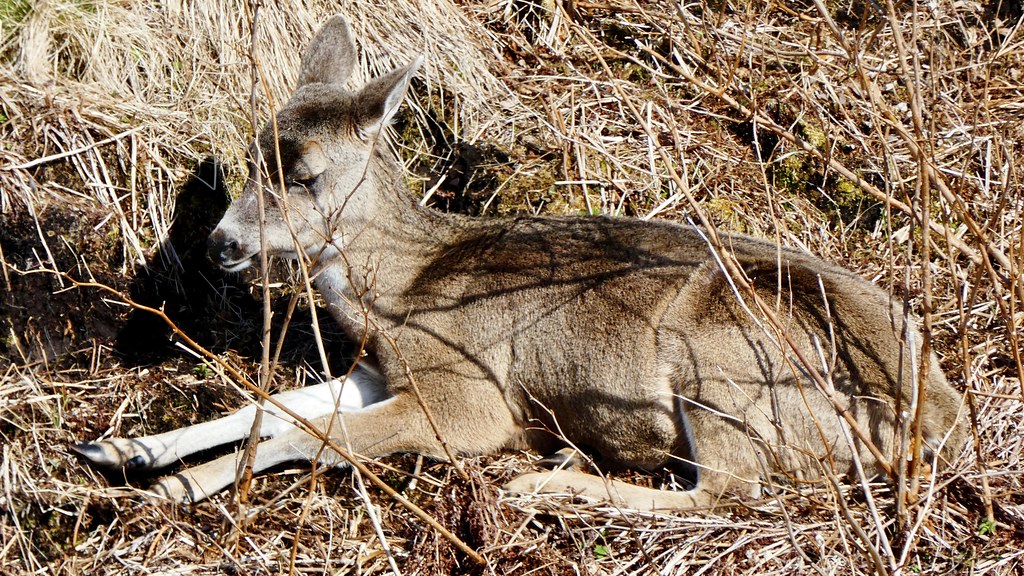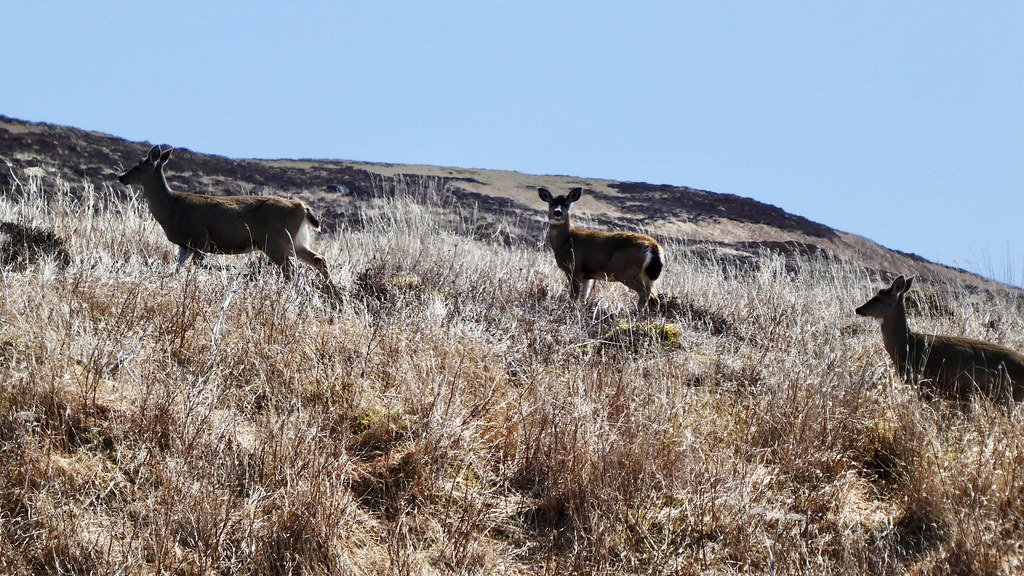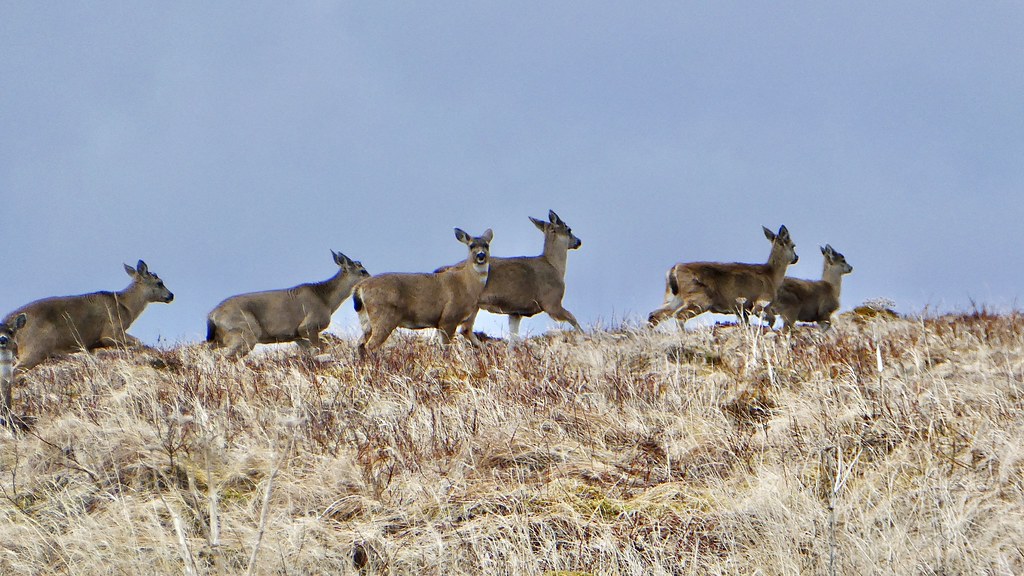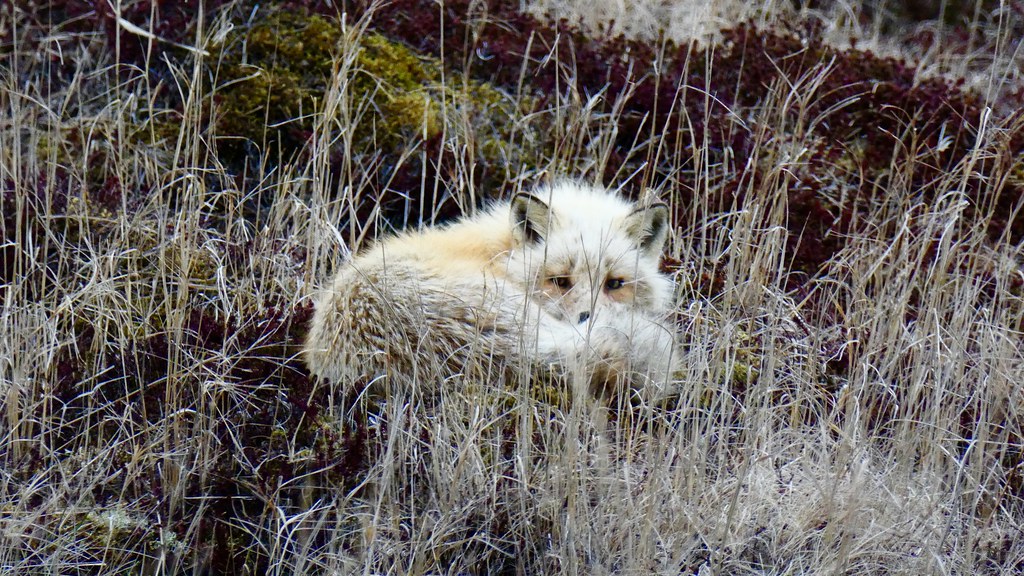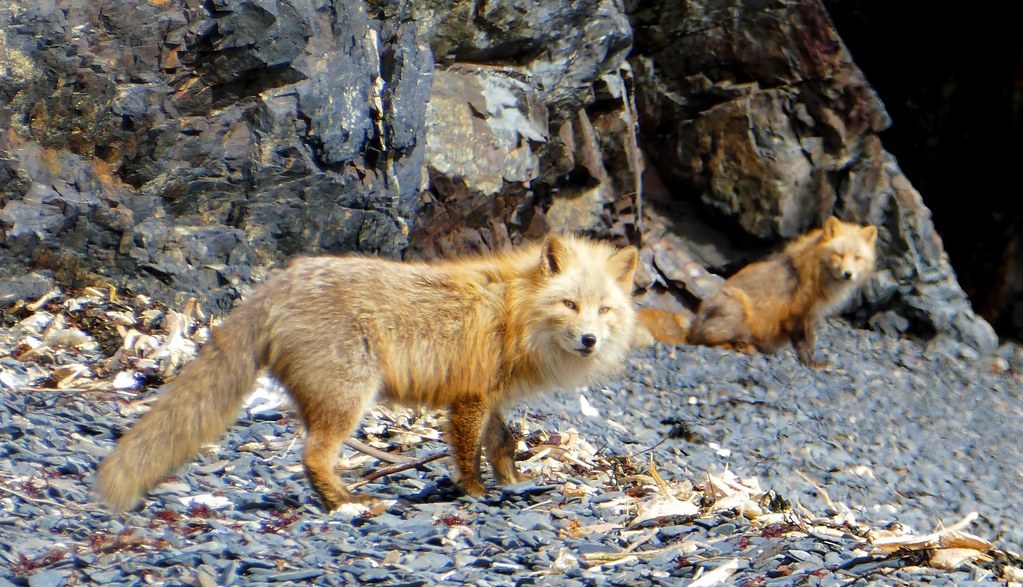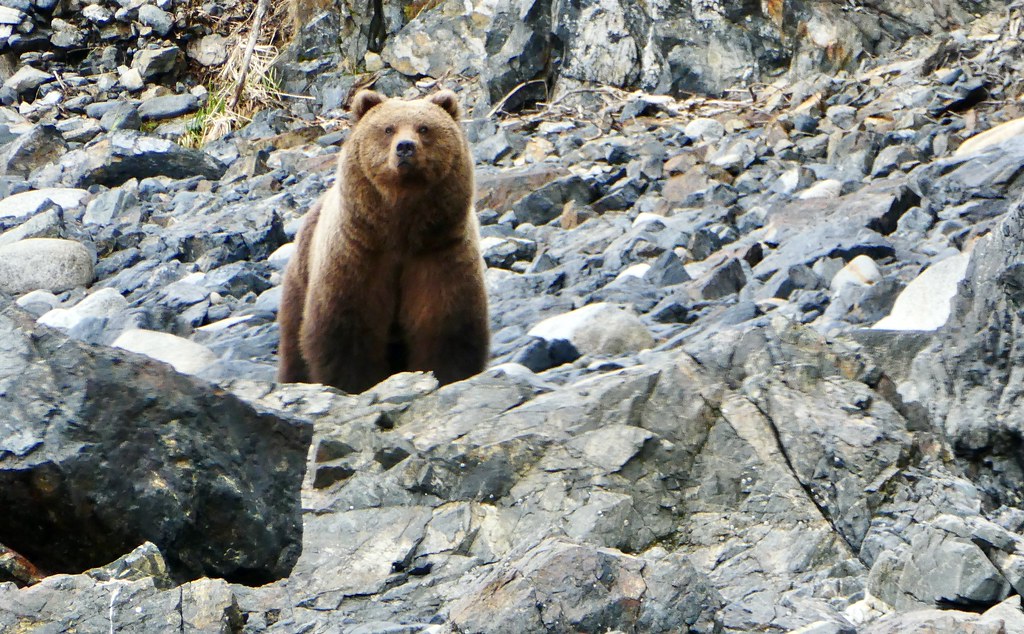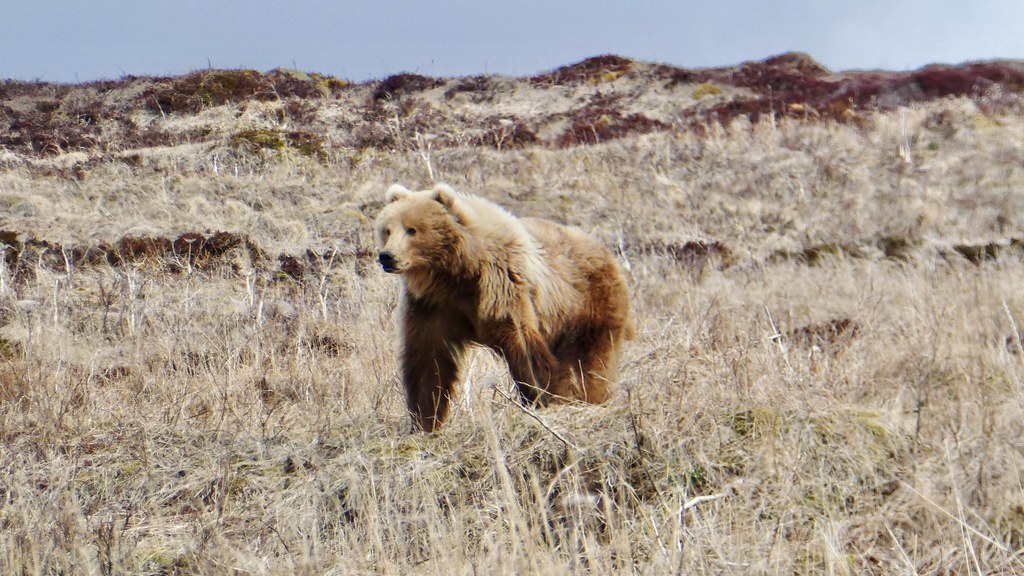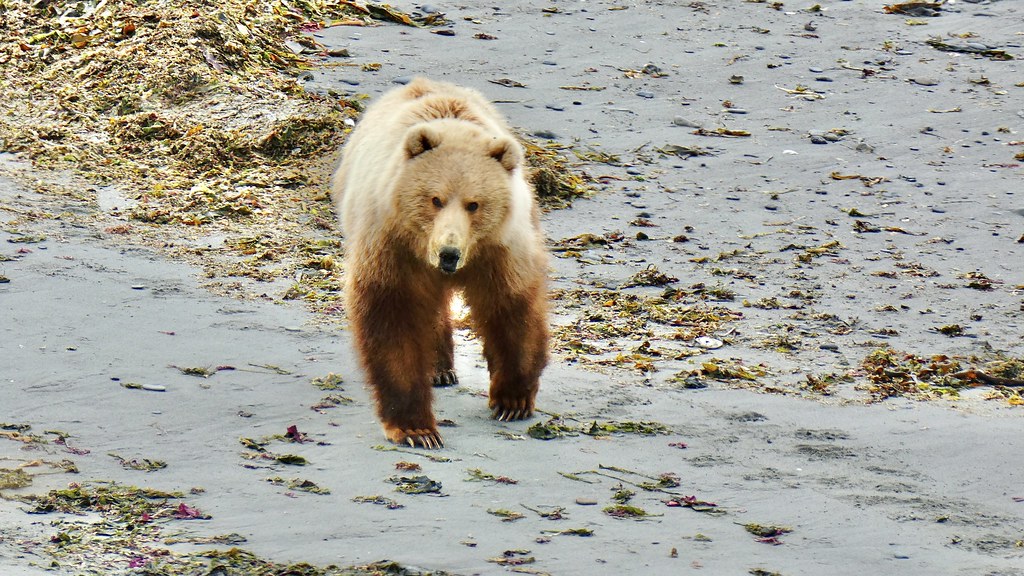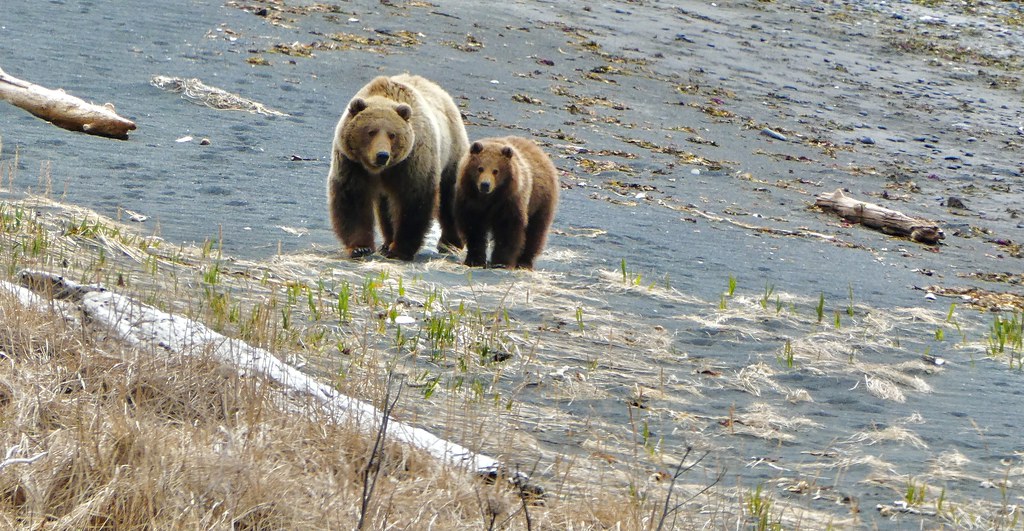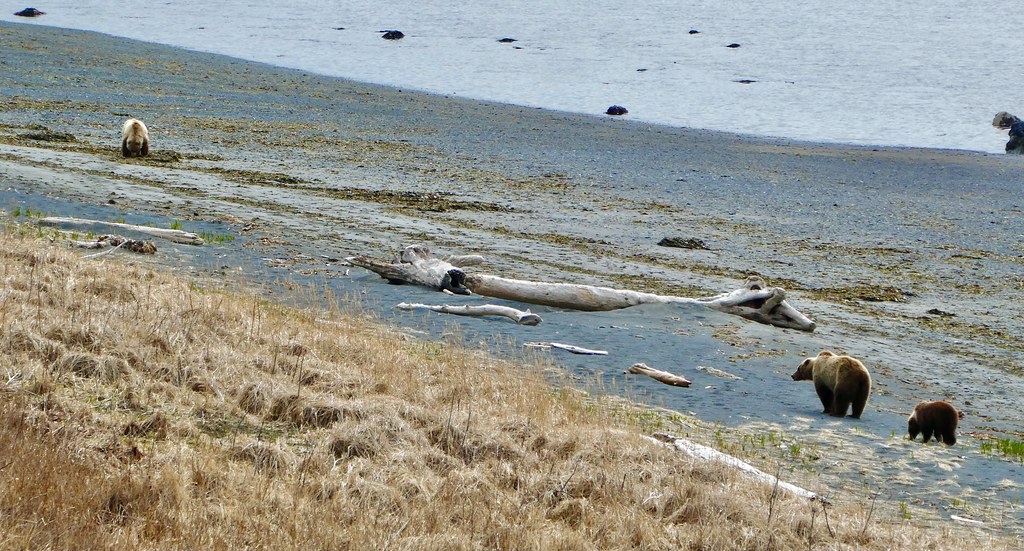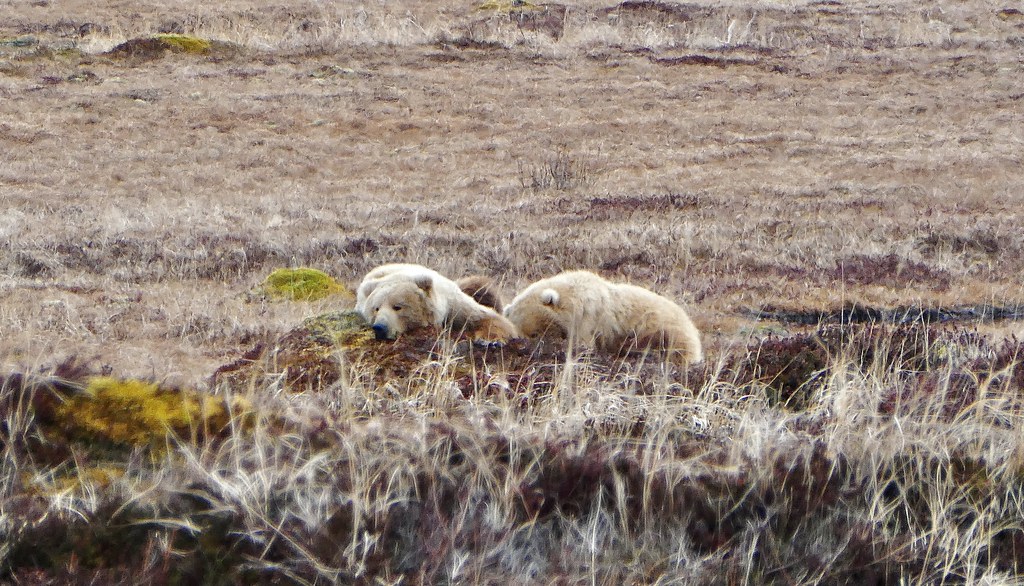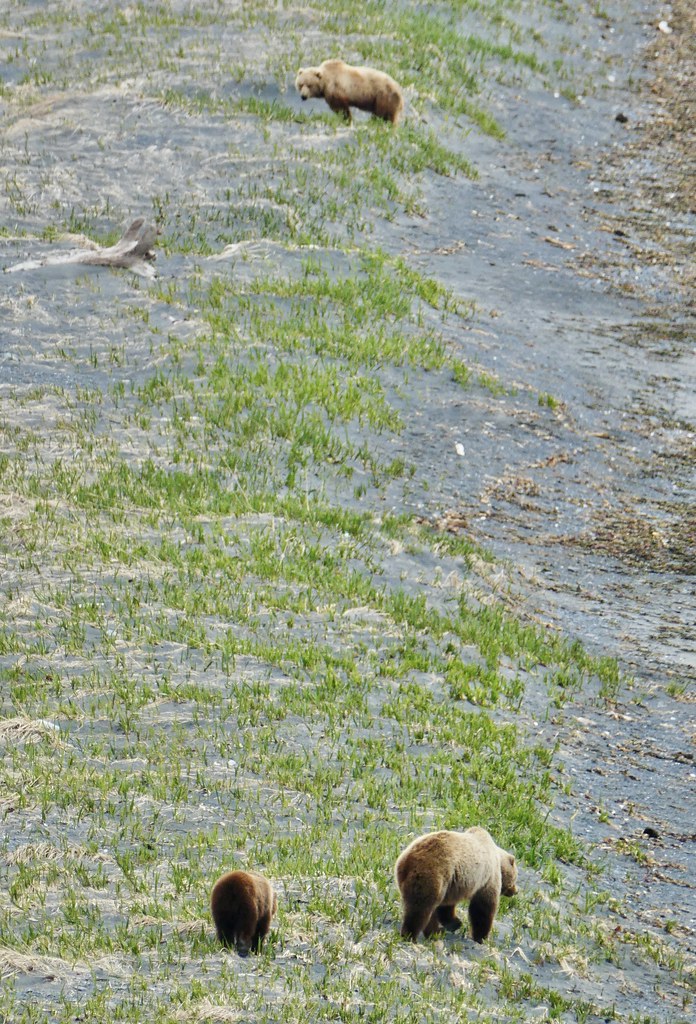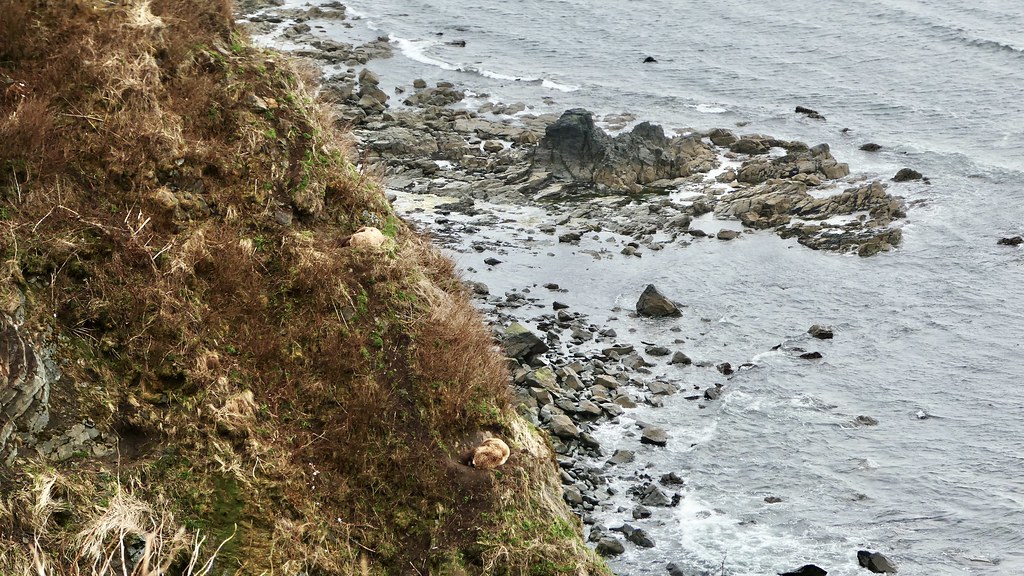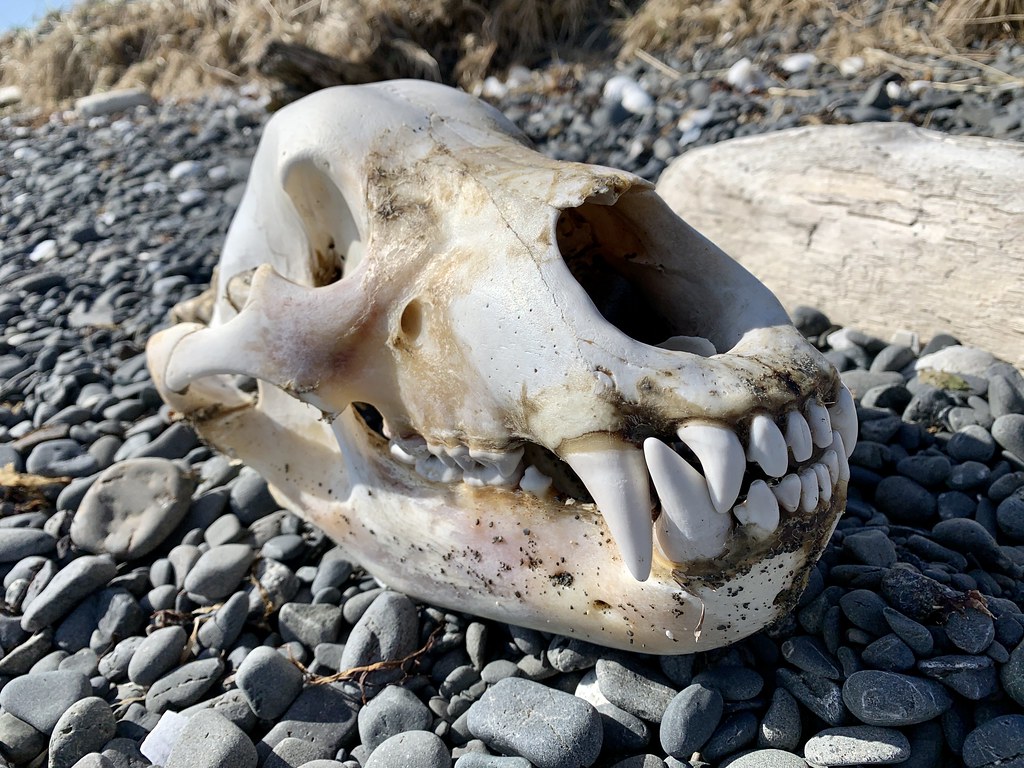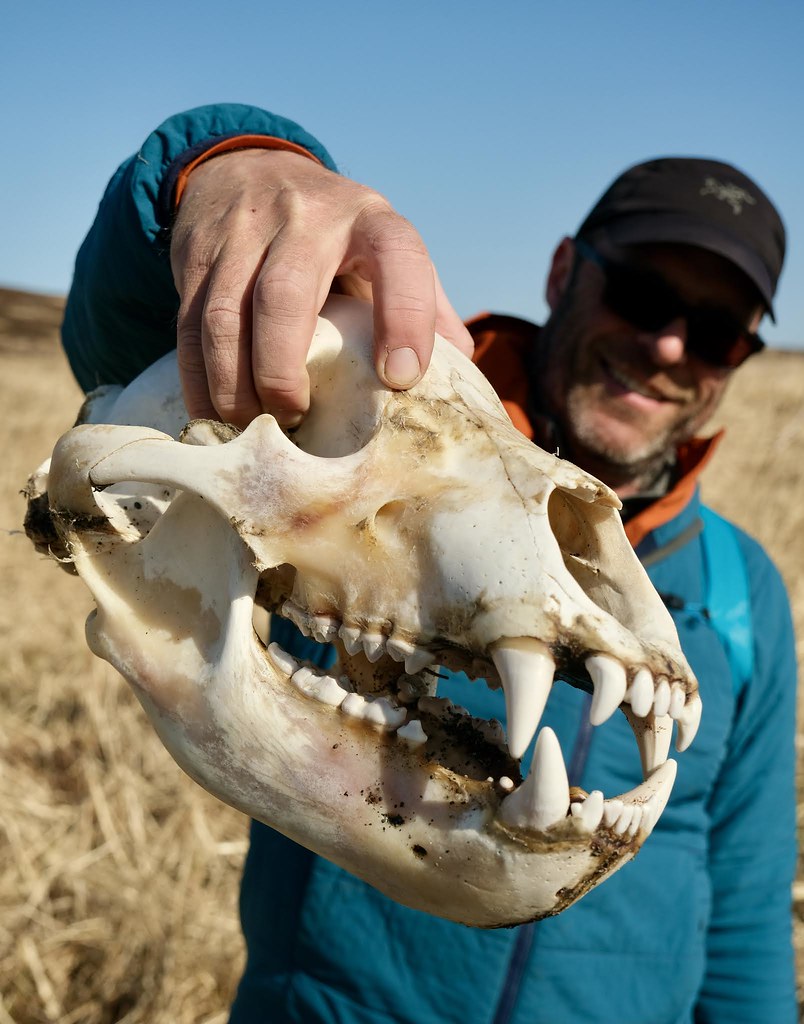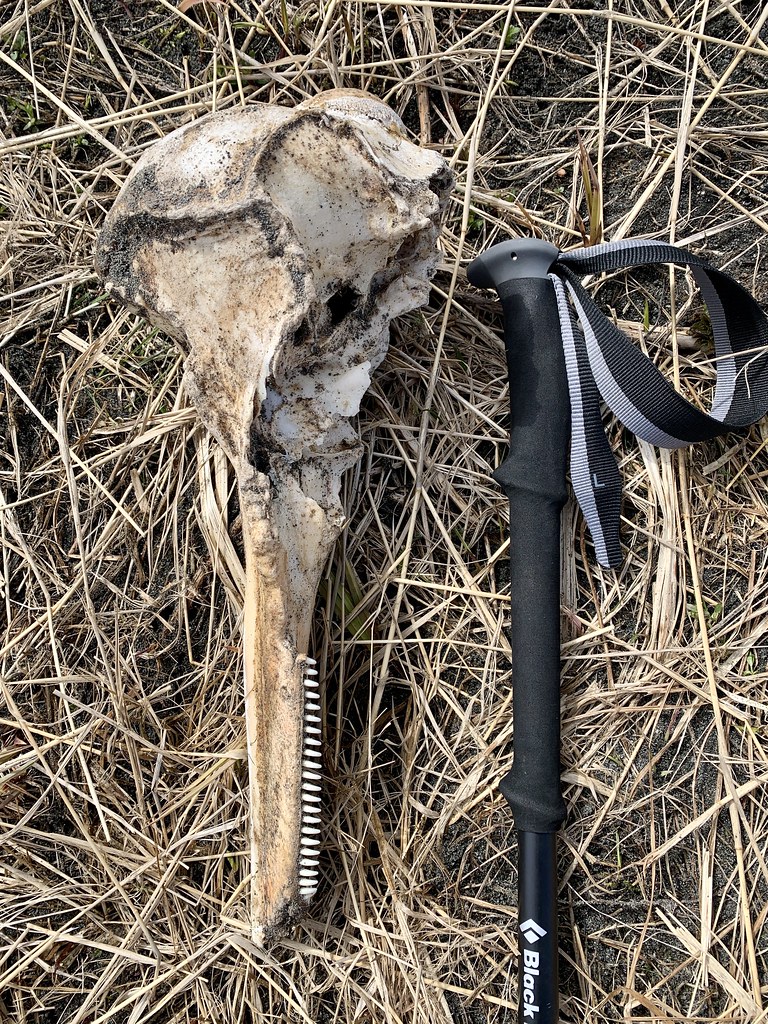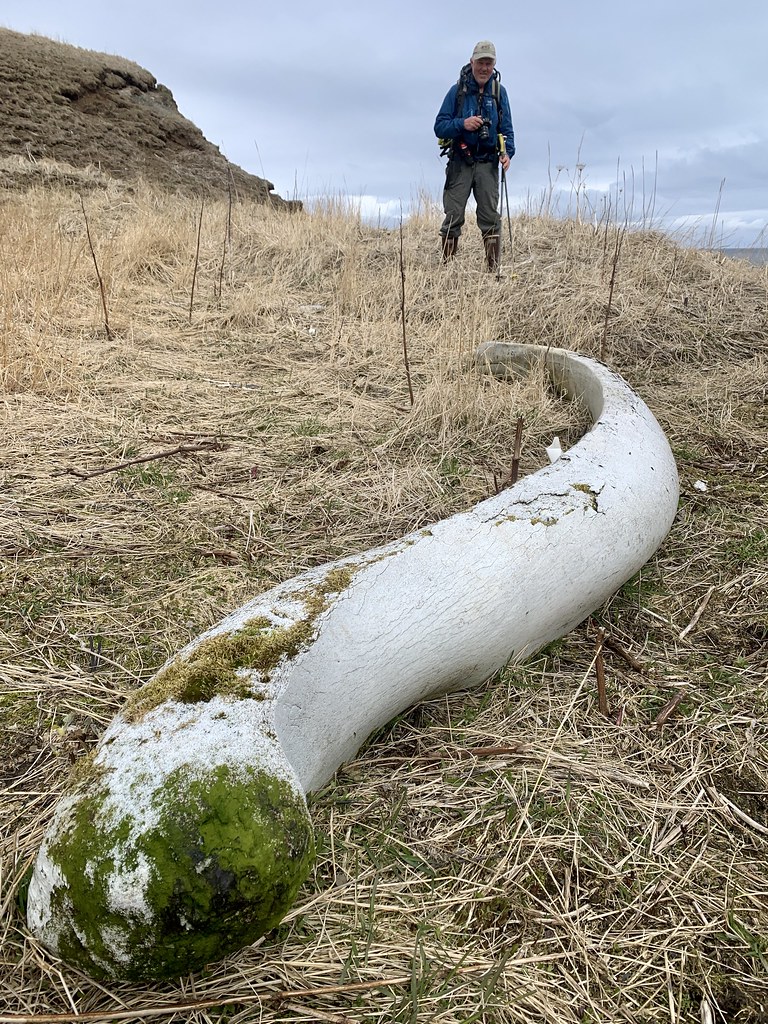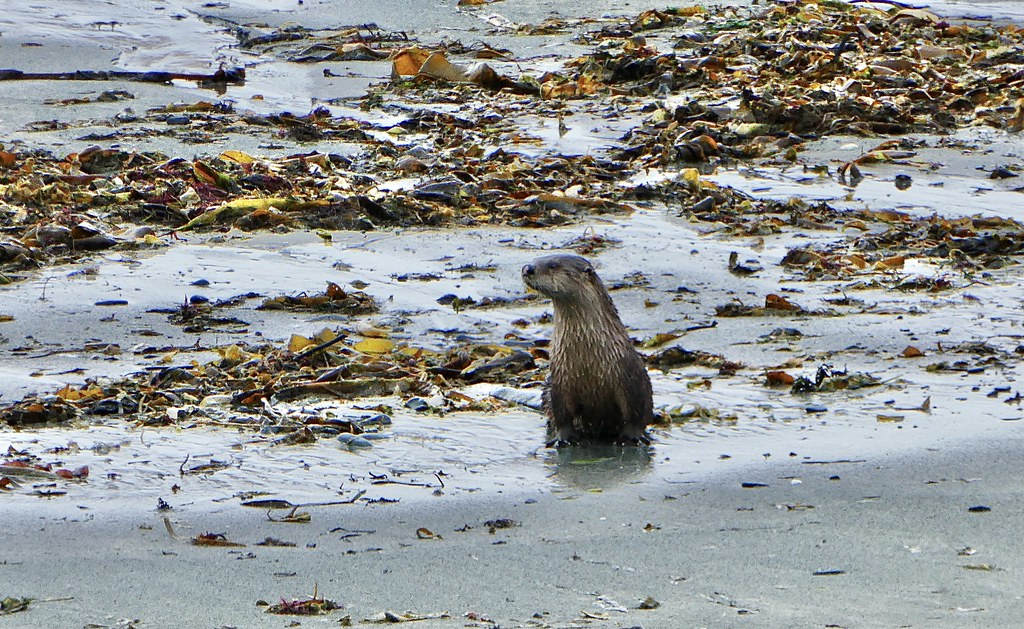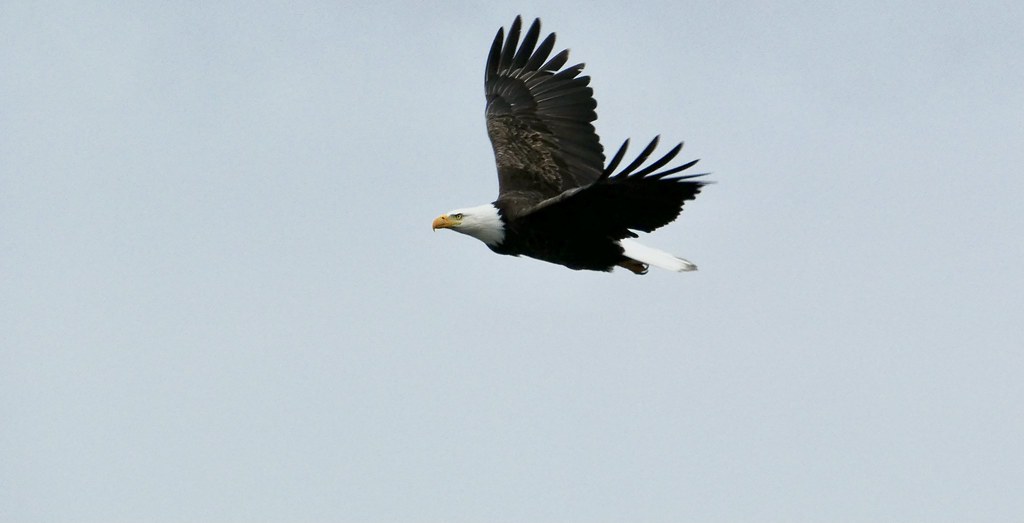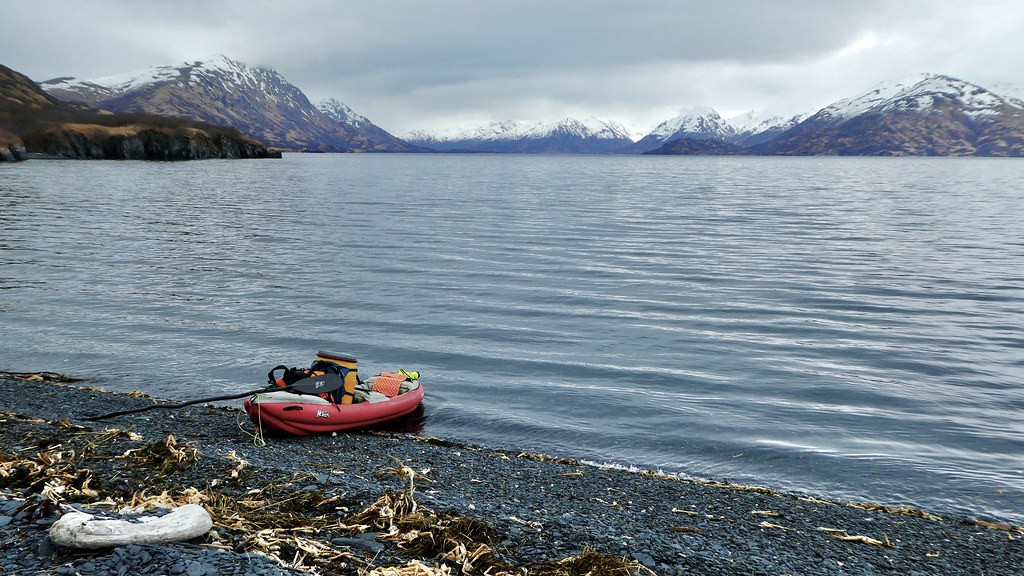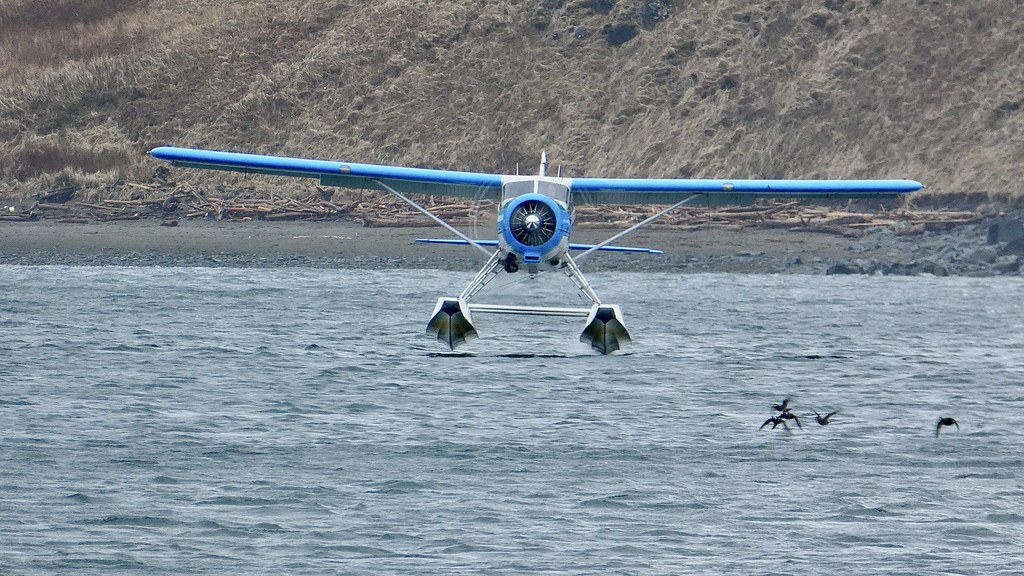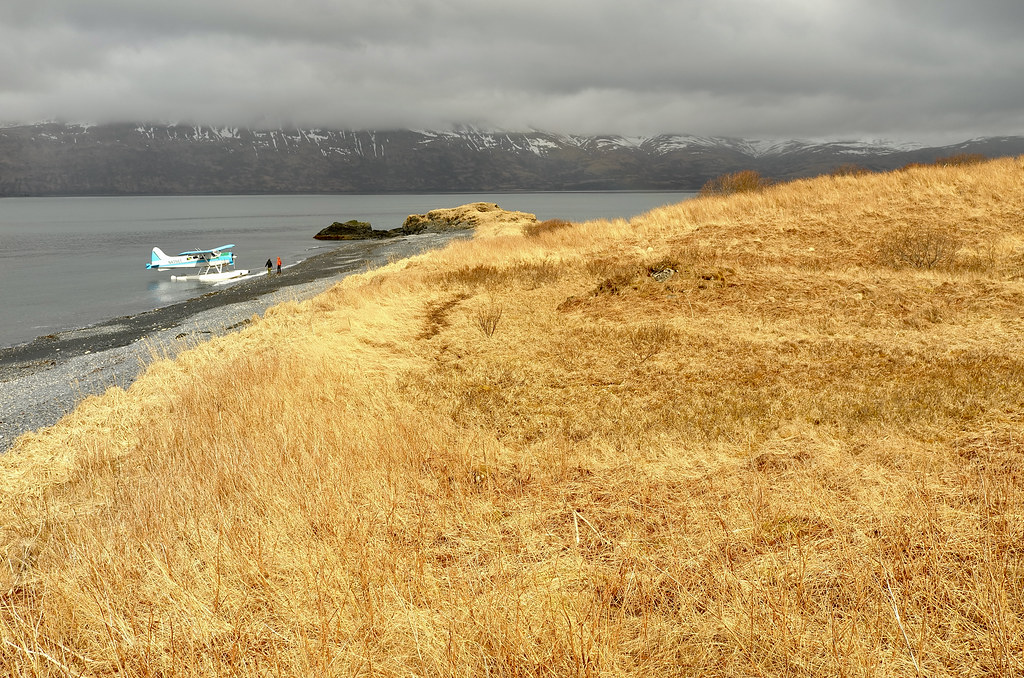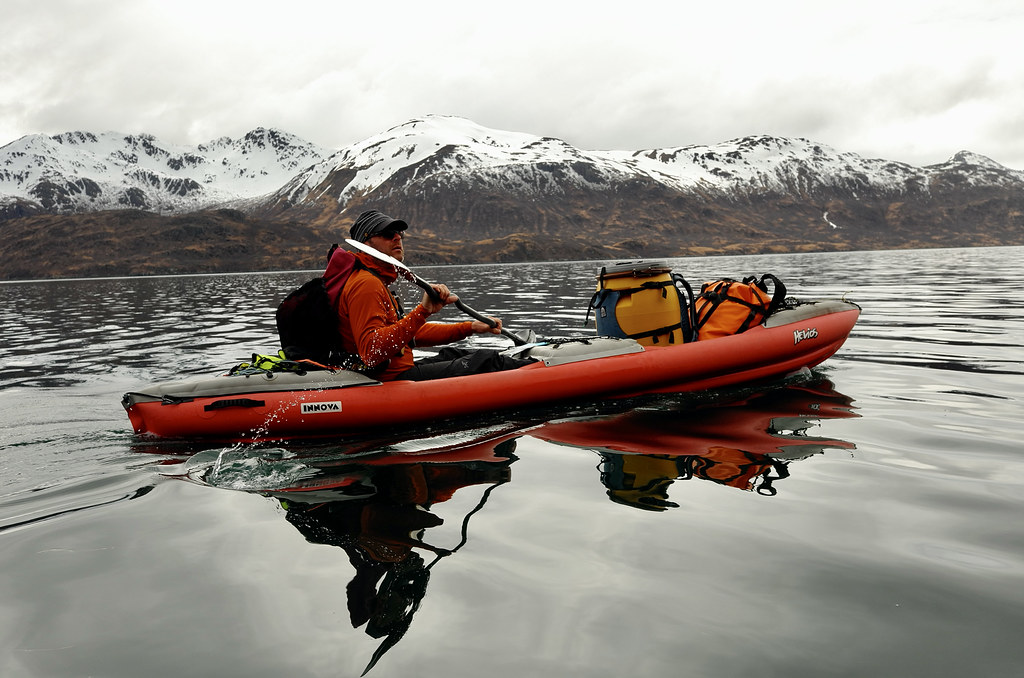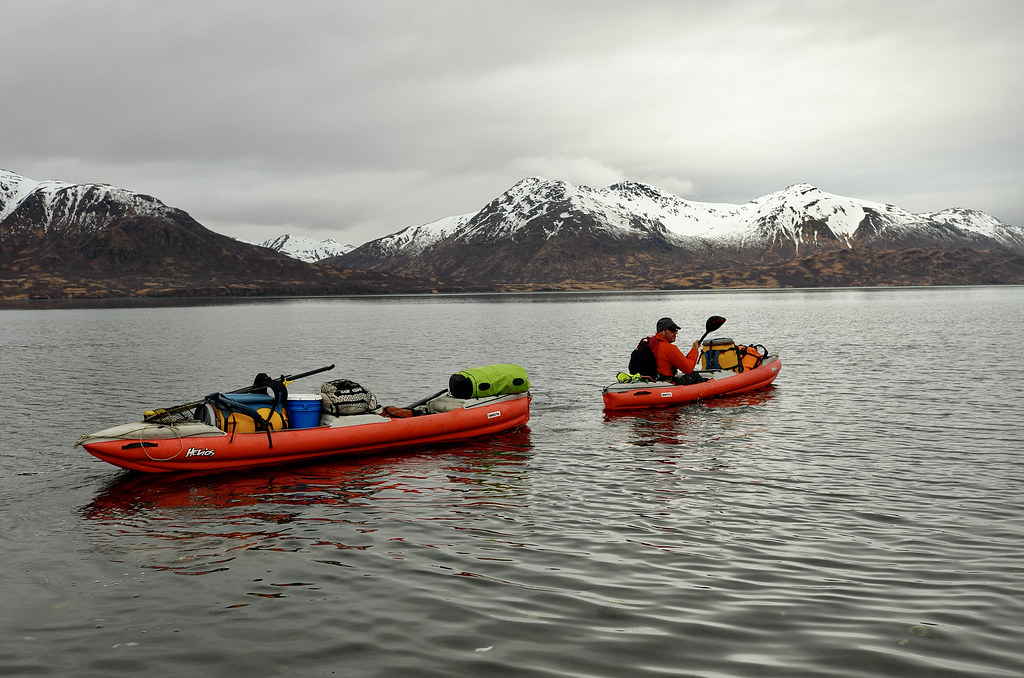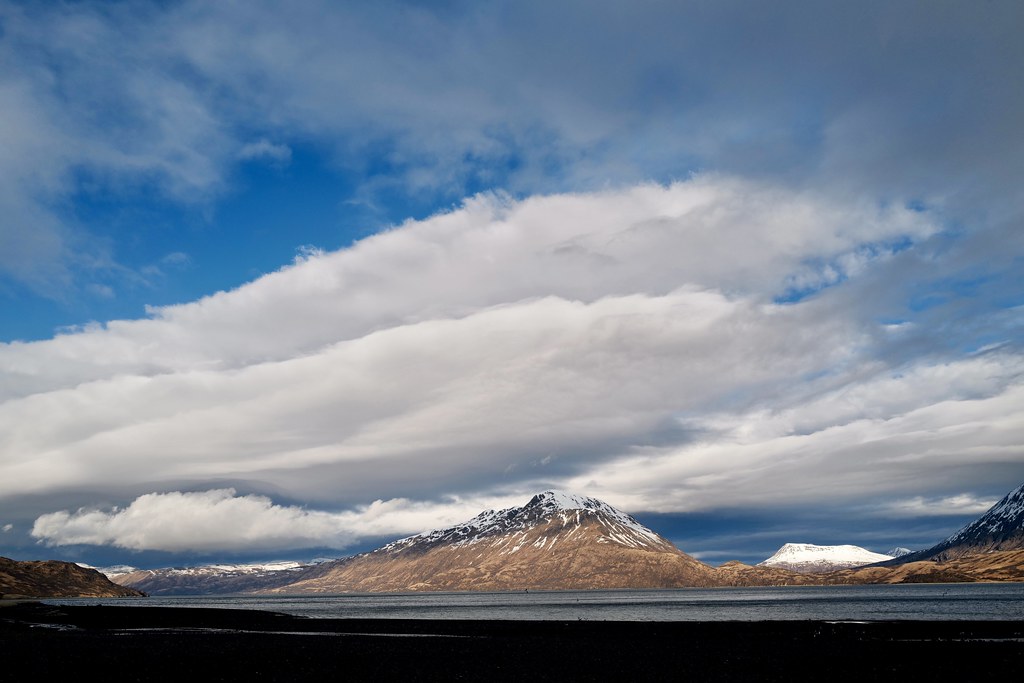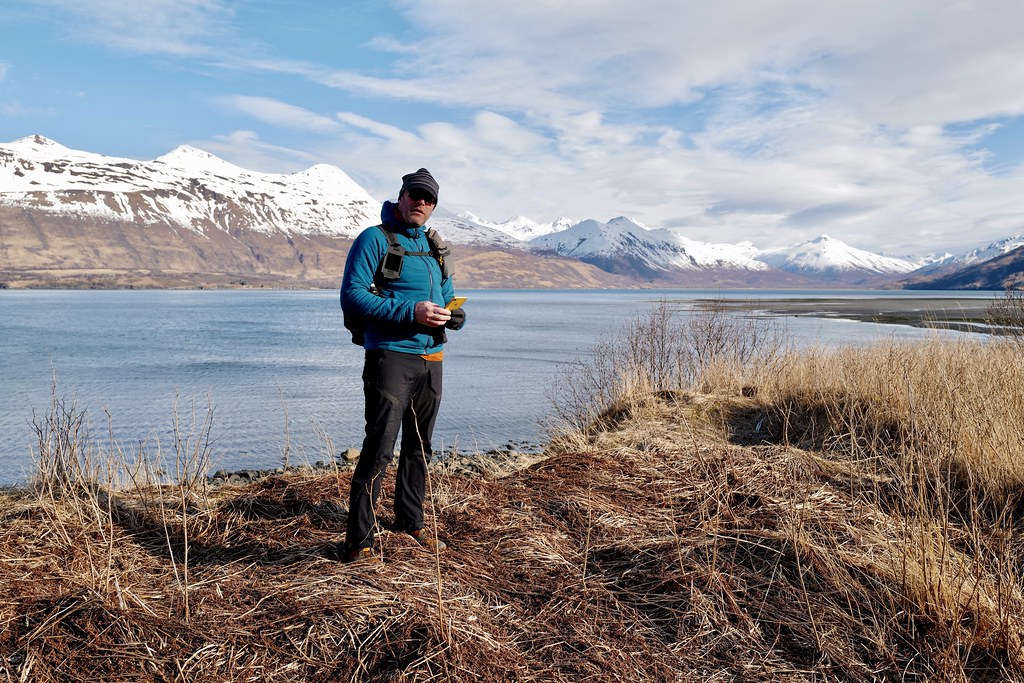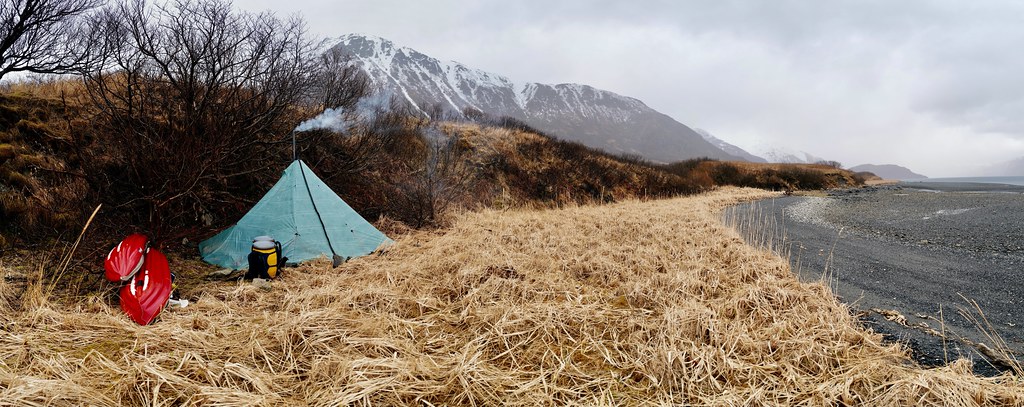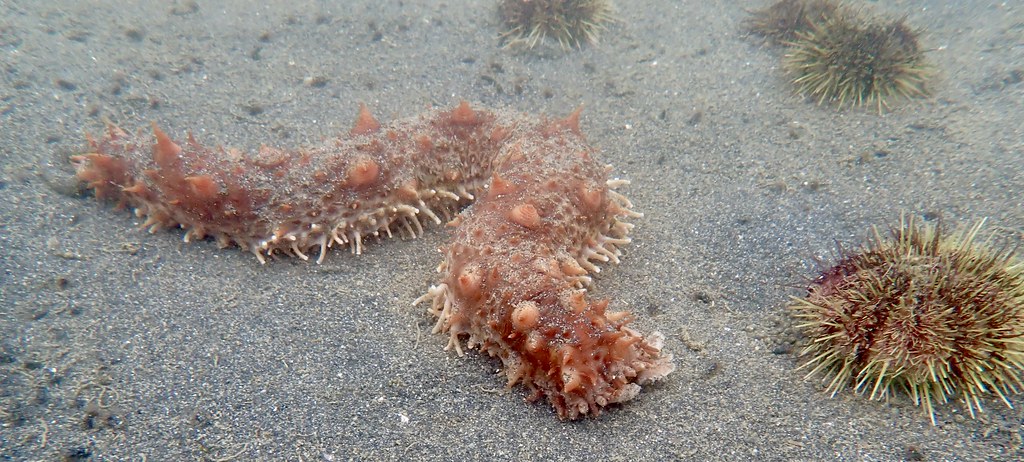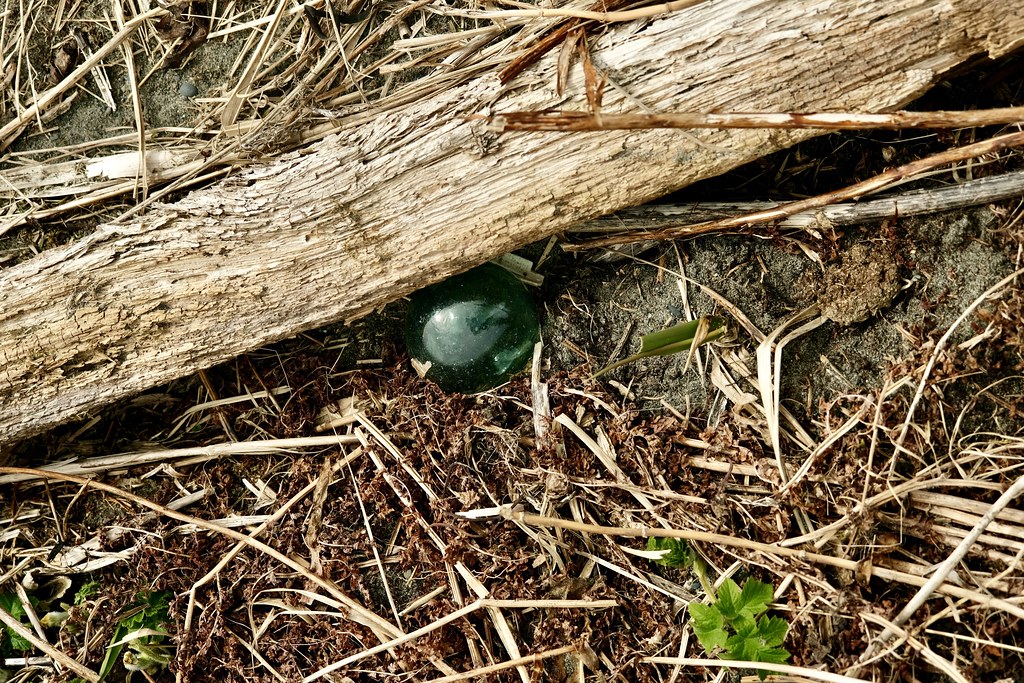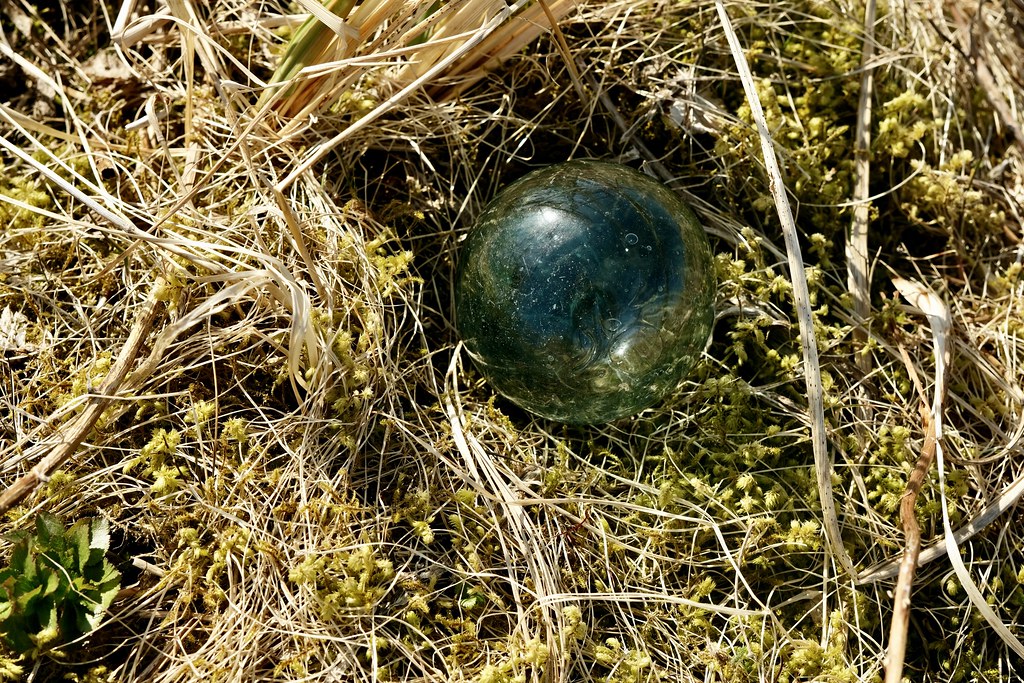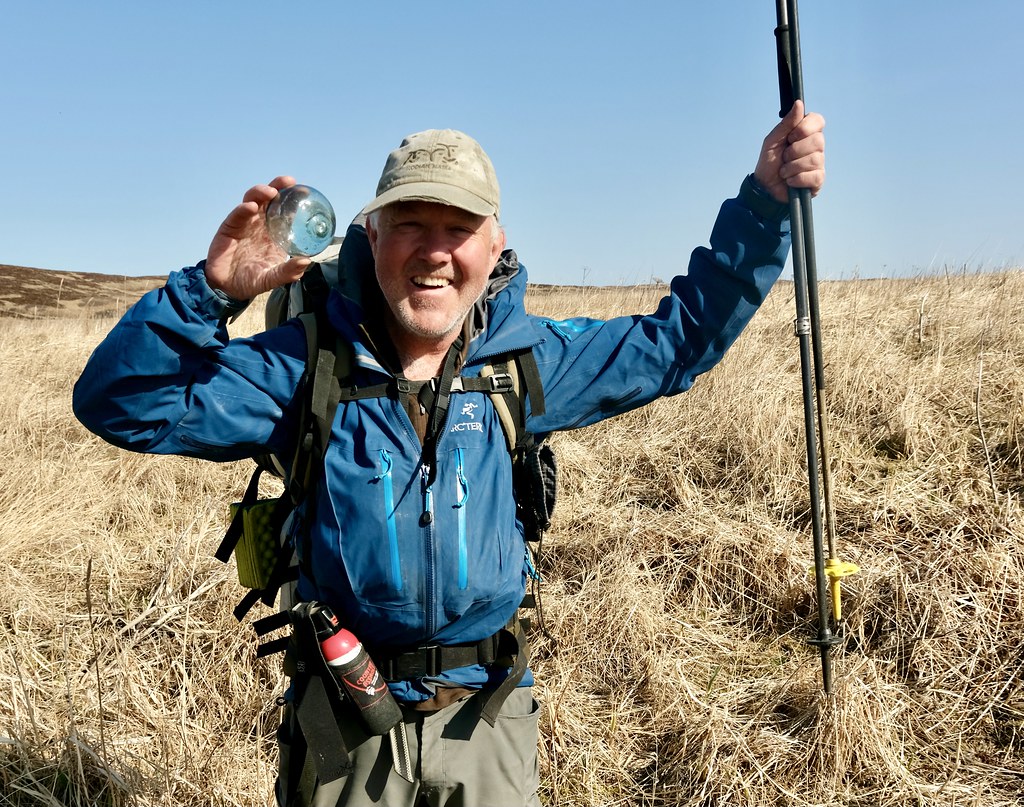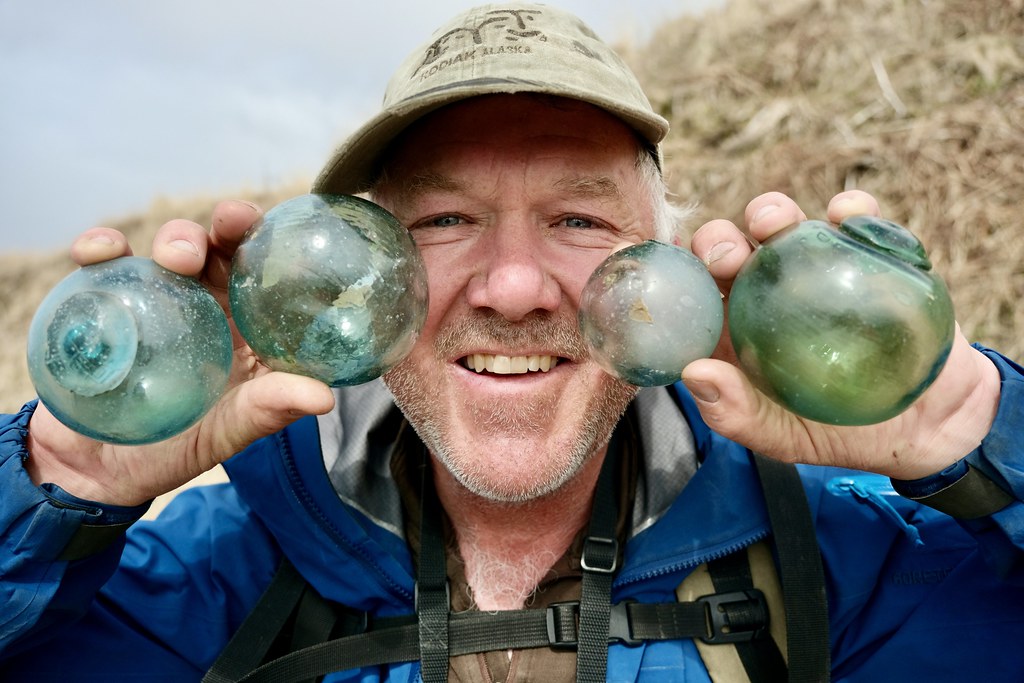Philip.AK
Paddler
I just spent the past week and a half on the south end of Kodiak Island helping a friend conduct a spring field archaeological site survey of prehistoric Native Alaskan settlements. The Kodiak Archipelago was settled approximately 7,500 years ago by coastal peoples called the Alutiiq/Sugpiaq, and the Natives went through a series of ‘traditions’ of natural resource use, types of art and tools produced, and styles of dwelling construction that define the time periods/traditions. Our purpose on these spring surveys is not to do any excavation but rather to identify sites of prehistoric use and importance, and perhaps to categorize those sites by the likely tradition. My friend is the archaeologist on the trip and I am basically just there helping with safety, daily chores, and logistics. I pick the camp sites, pitch the tent, put the wood stove together, cut and split all the firewood, fetch water, consider weather forecasts and tide cycles, etc. He just runs around and maps.
We got dropped off in Deadman Bay just south of Ivor Cove and inflated the kayaks and headed north up the Hepburn Peninsula. The weather was pleasant if cool with a slight head wind. Since we are in and out of the boats so often, not having a deck makes some amount of sense, though having waves slop into my lap when it gets rough is not my favorite. It is difficult to transport rigid-hulled boats by float plane so this is also the only real option for remote work.
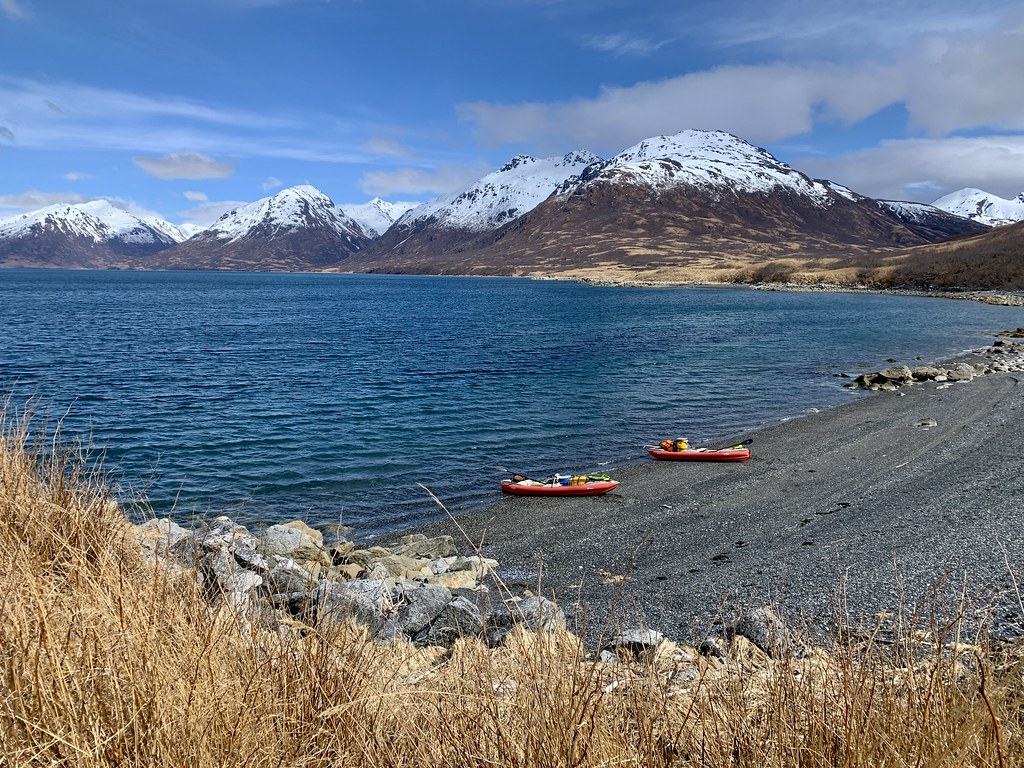
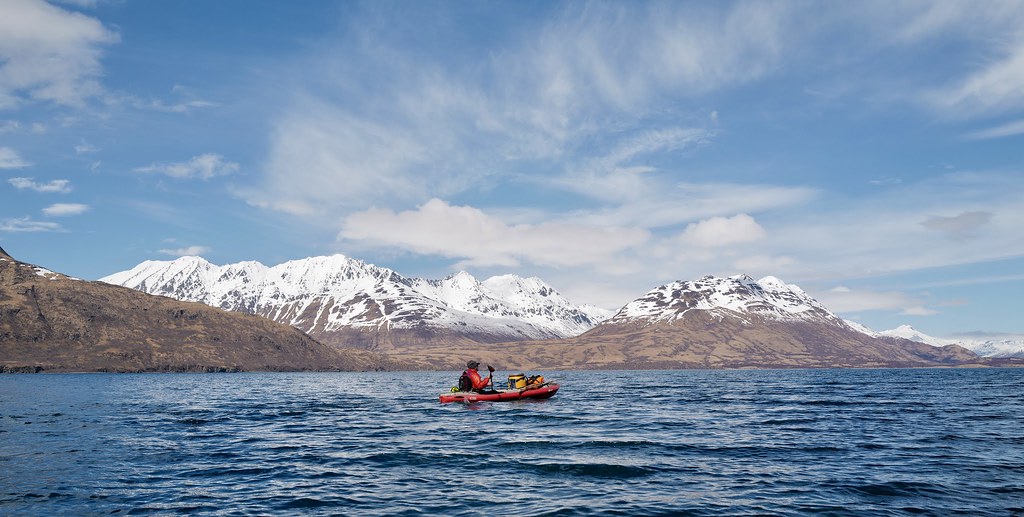
We go this time of year because after the grass and other veg starts to grow it totally obscures the subtle depressions in the ground delineating the house pits and obscuring things like fire-cracked rock and midden debris.
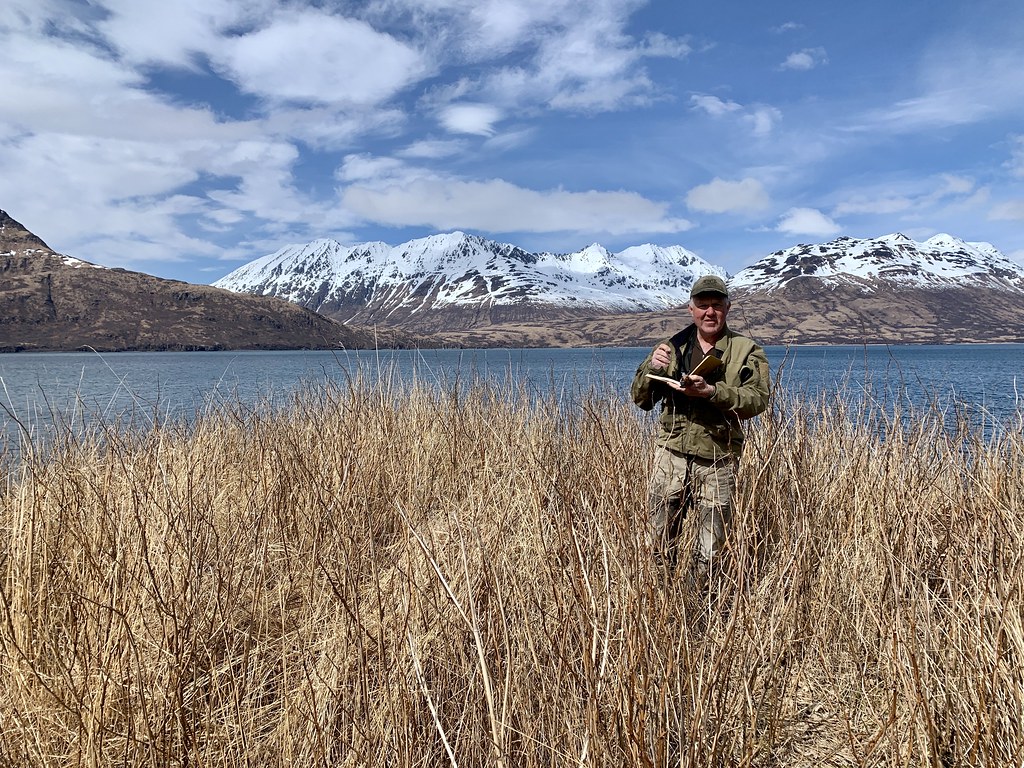
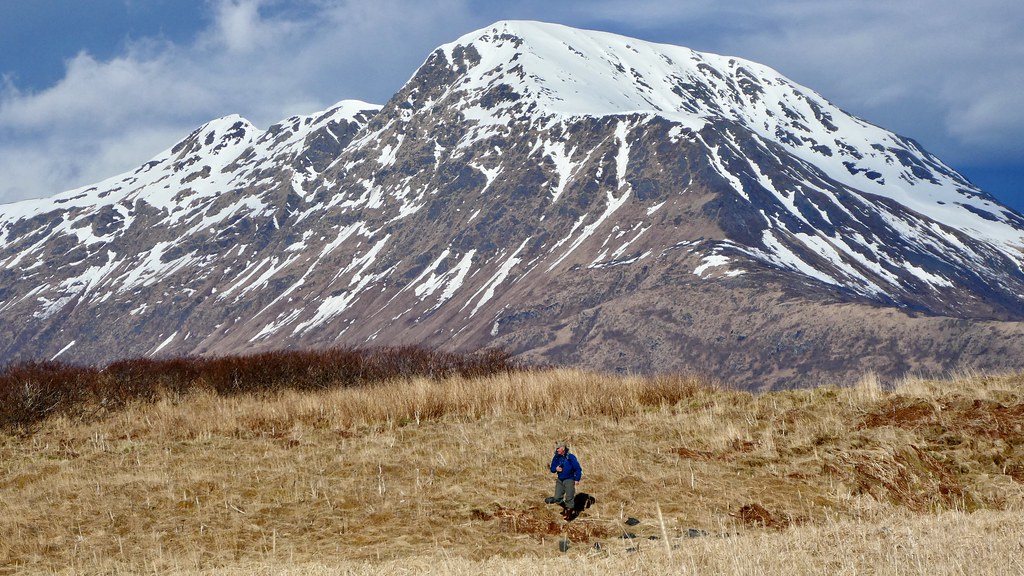
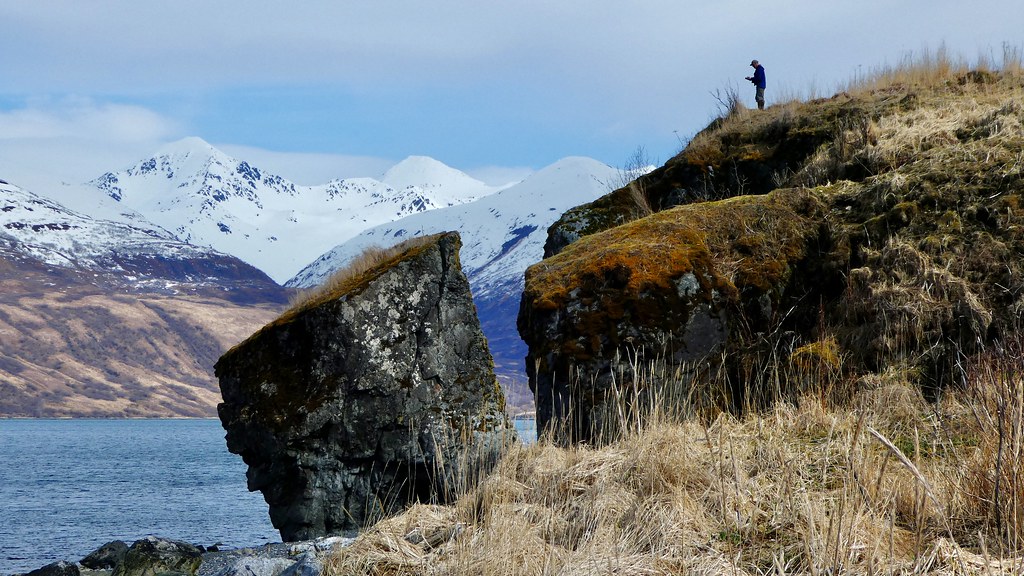
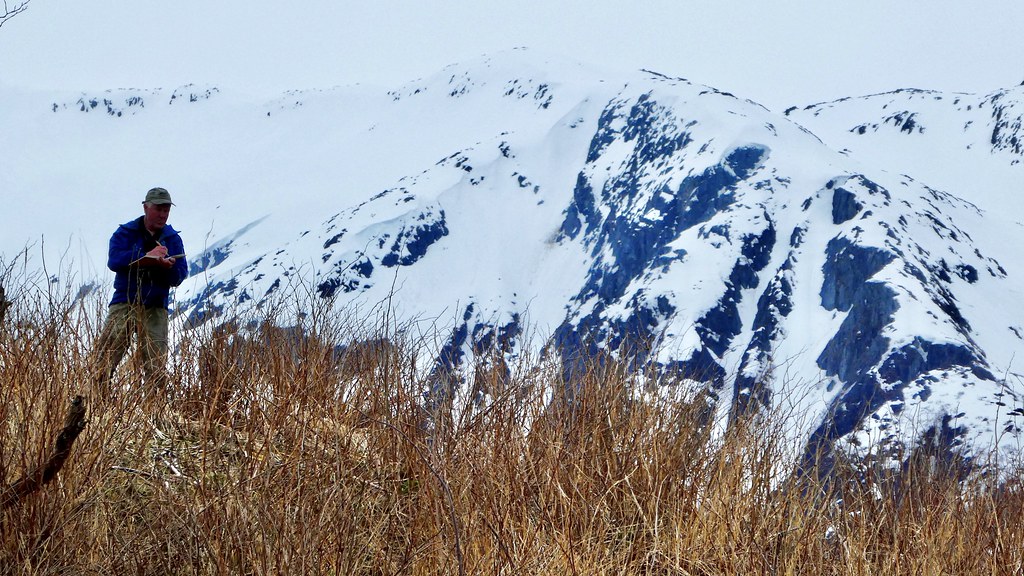
Our arrival coincided with a mass molting event by Tanner crab on the east side of Kodiak Island and the crab ‘casts’ (the discarded shells) lined the beaches like a bathtub ring running for miles. Hundreds of thousands of crab casts washed up in a single tide cycle.
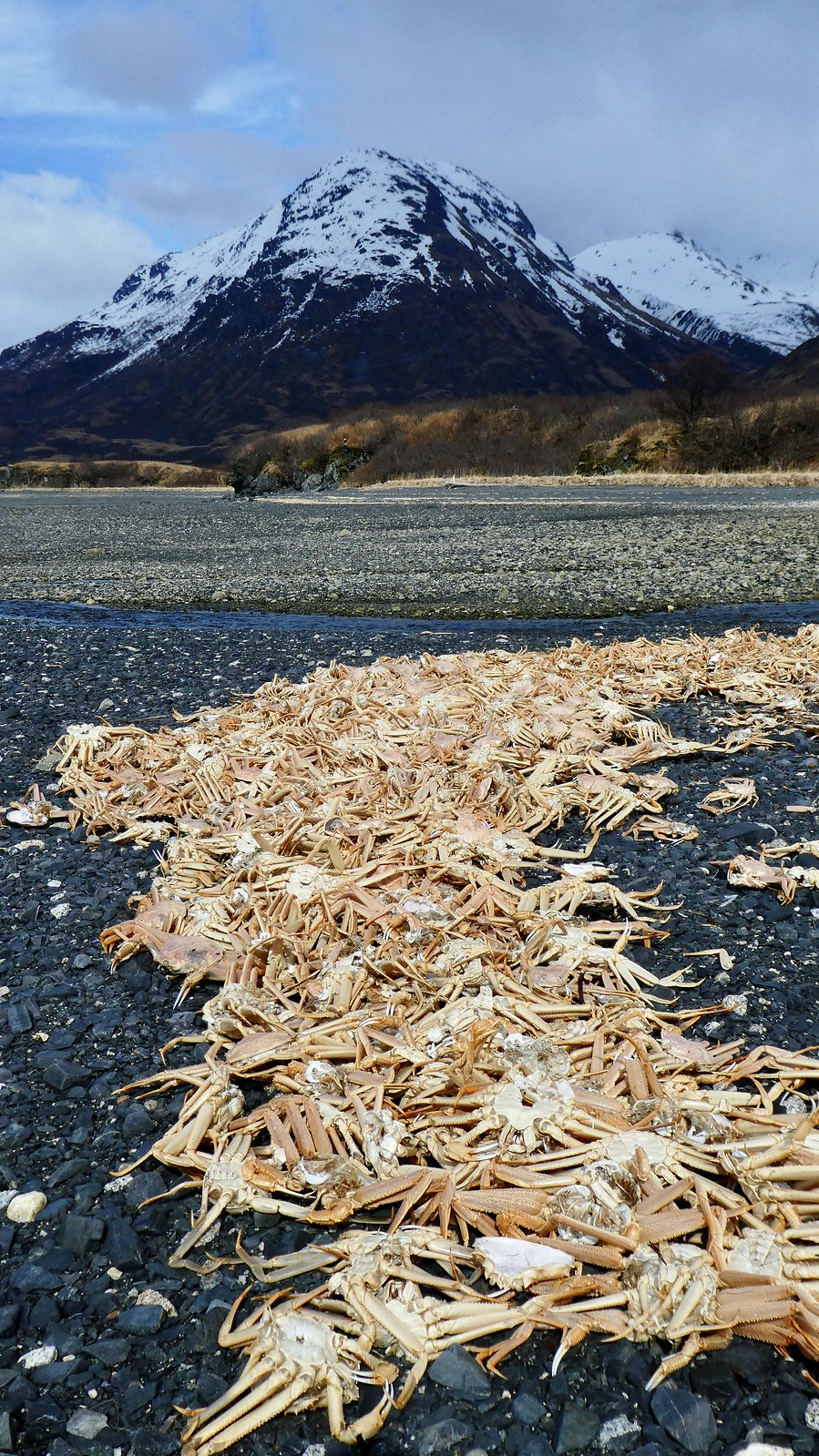
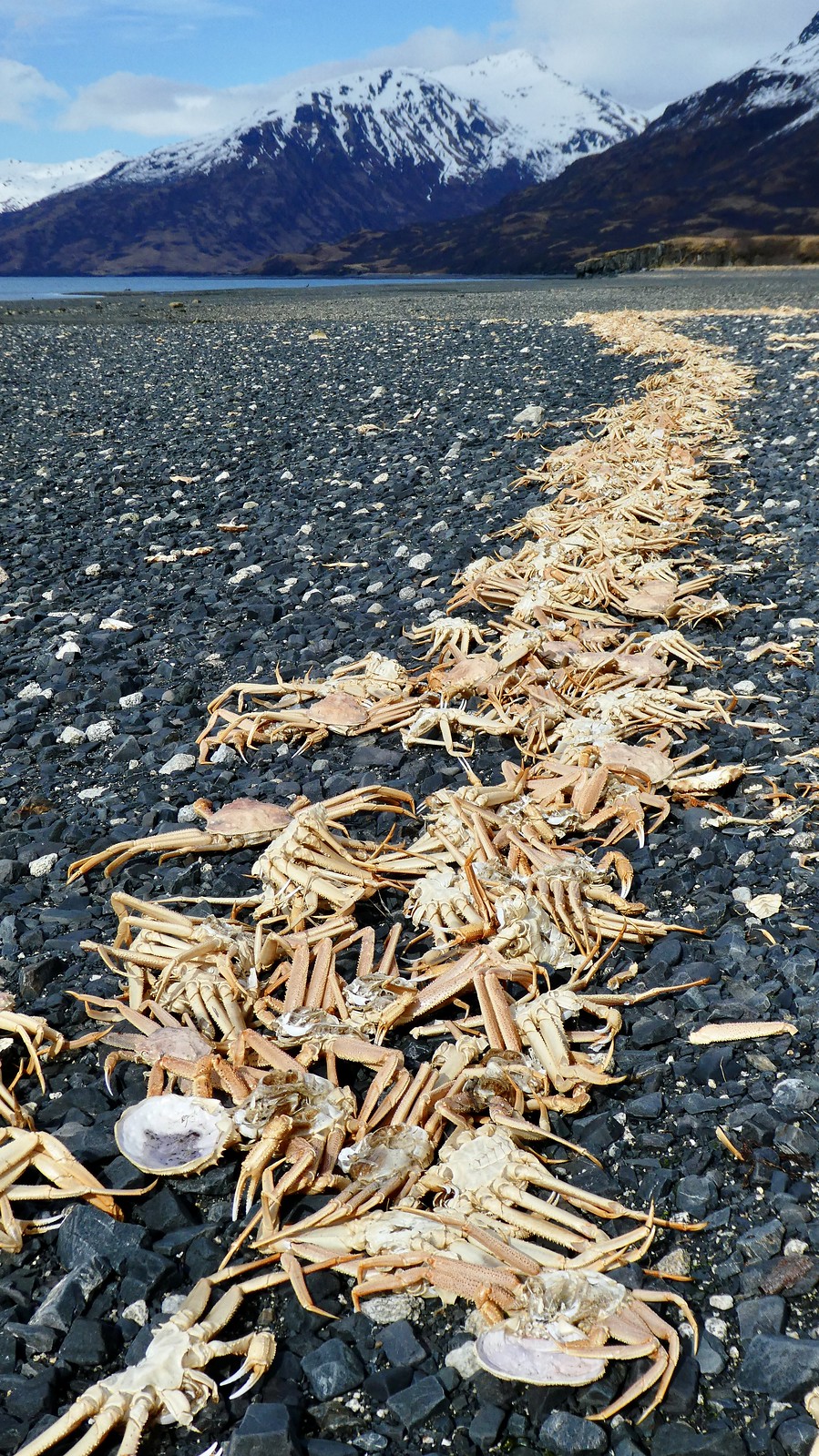
We were there during some of the largest tides of the spring and when combined with very strong winds the second night, some of the crab which had come into shallower waters to molt misjudged the low tide line and had not completed the molting process before the tide receded, leaving them exposed in varying states of undress. Happily most crab got the timing and tide cycle right, but it was a fatal miscalculation for some.
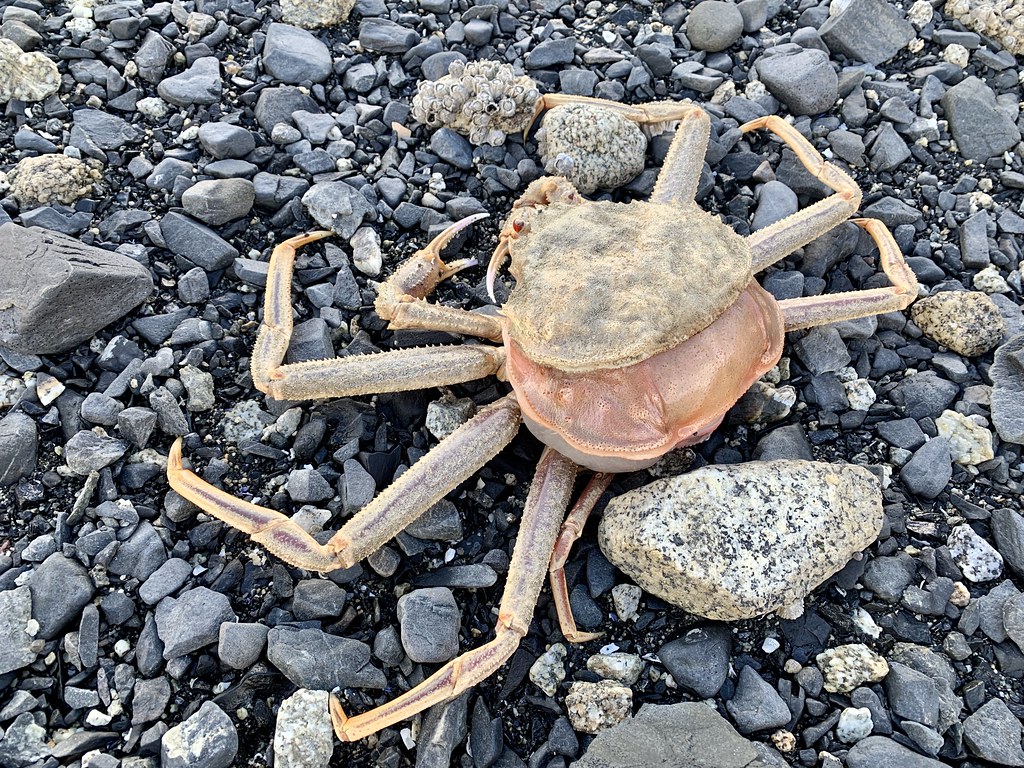
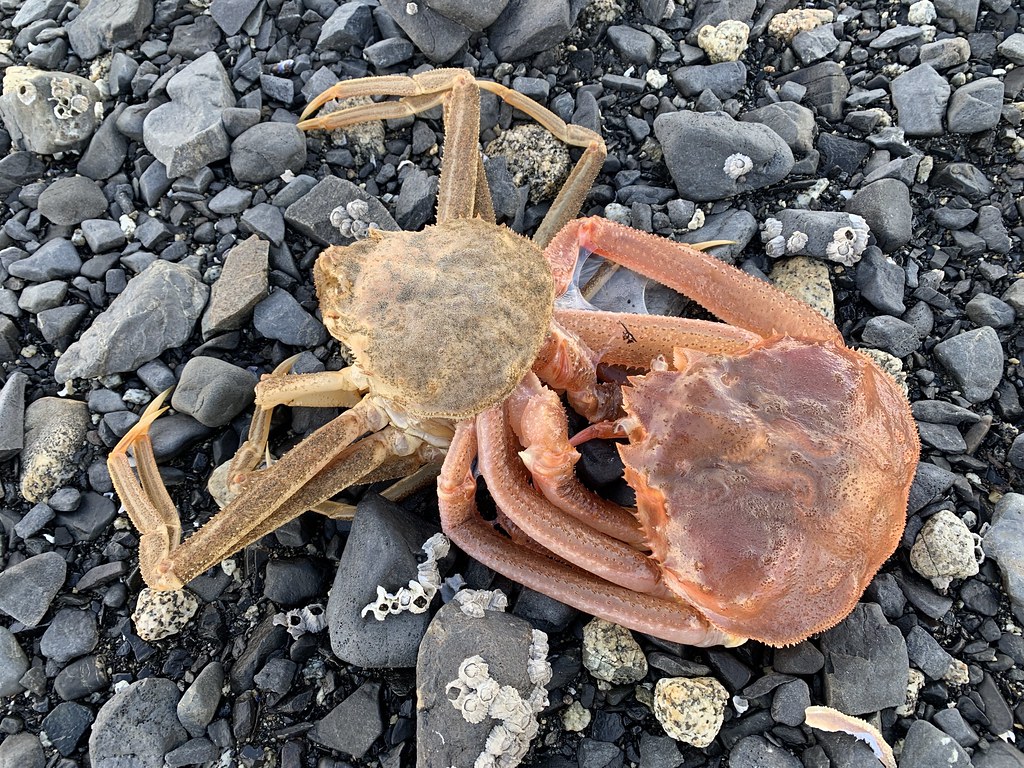
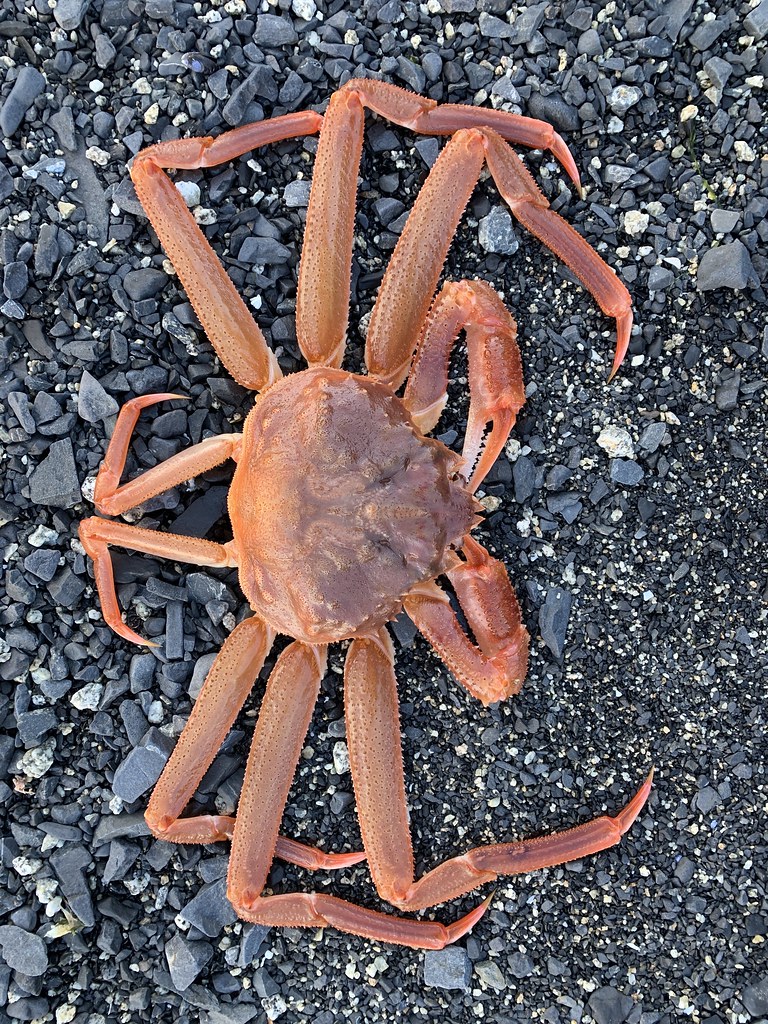
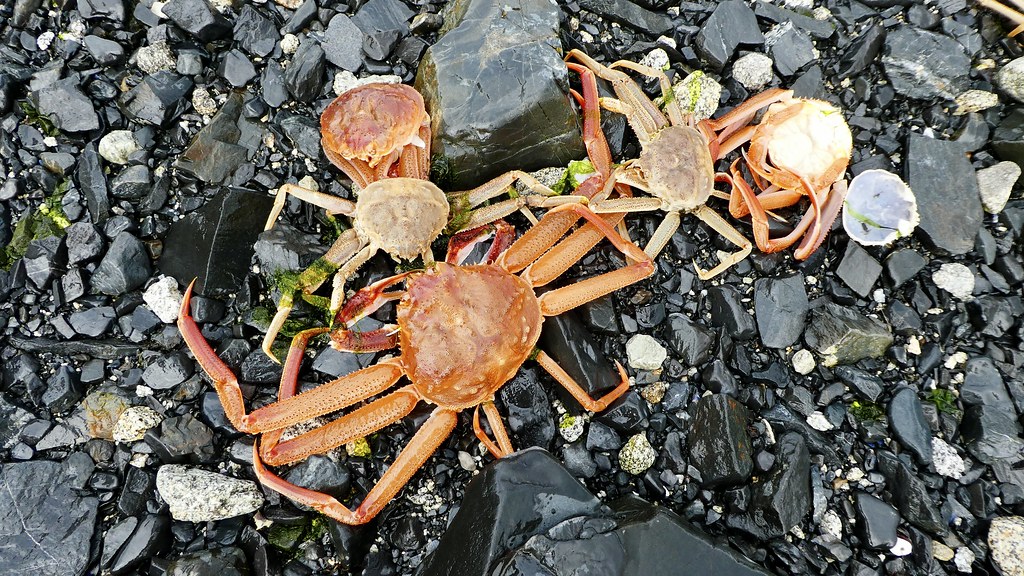
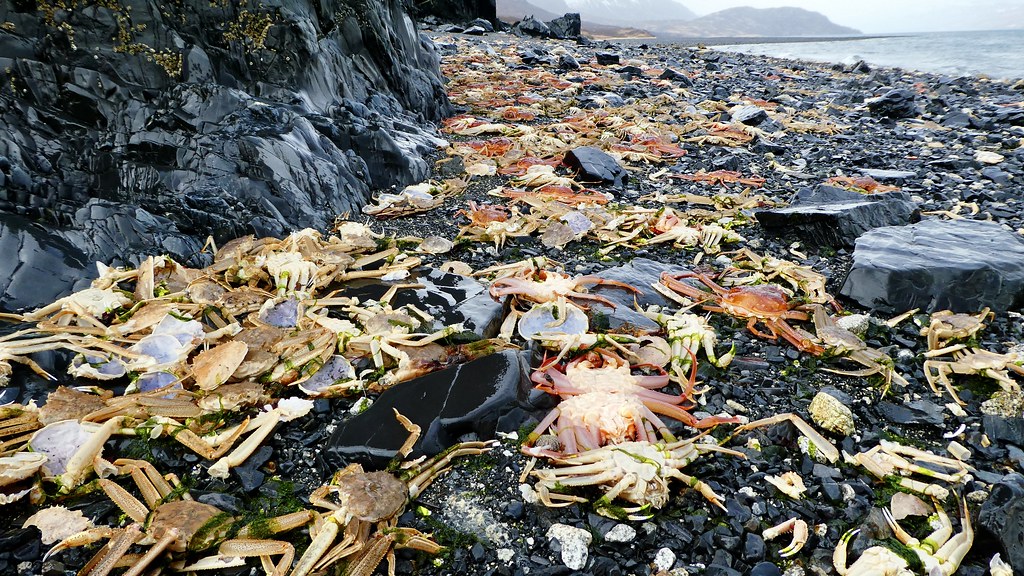
Home is a Seek Outside Redcliff in DCF fabric with a packable titanium woodstove. We do all our cooking on the woodstove and since everything is getting transported by kayak, we don't go very light on the food, lol.
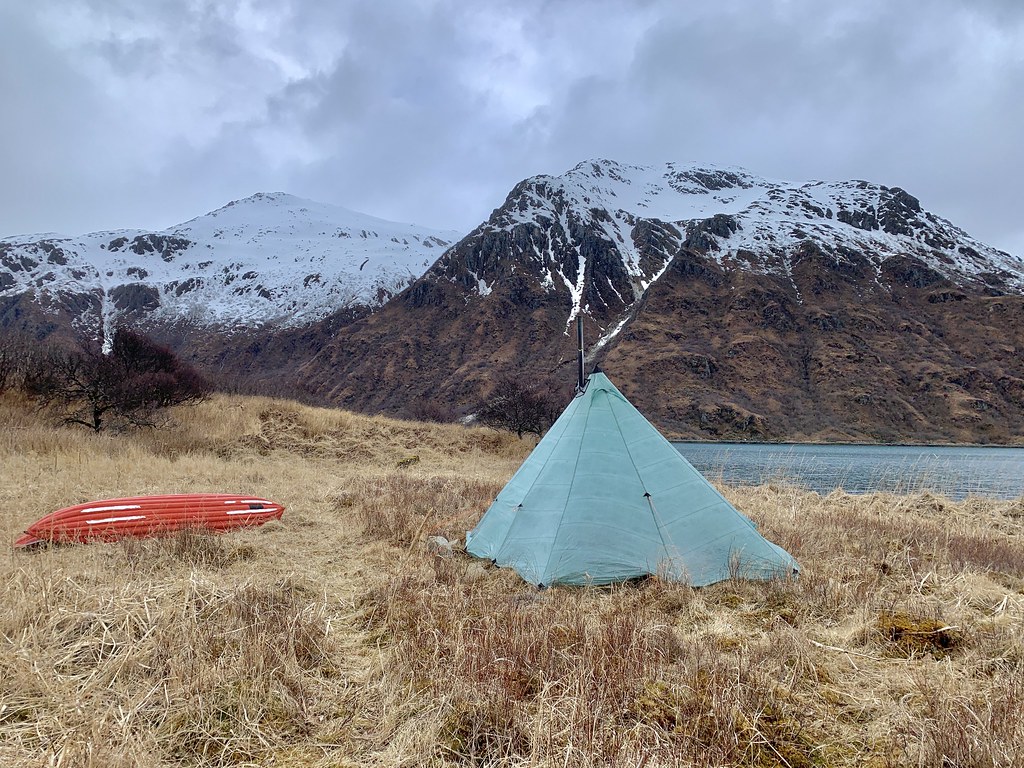
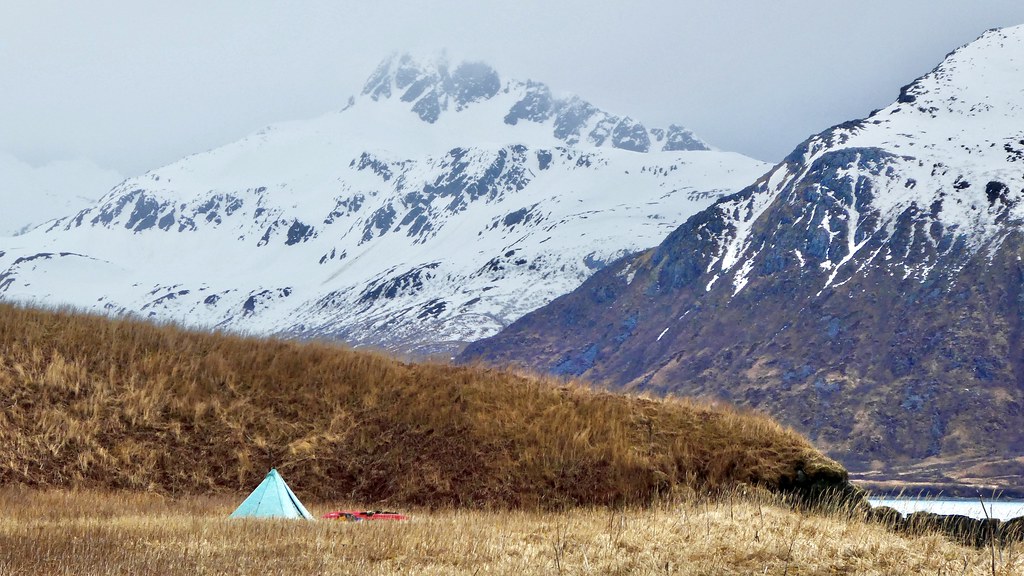
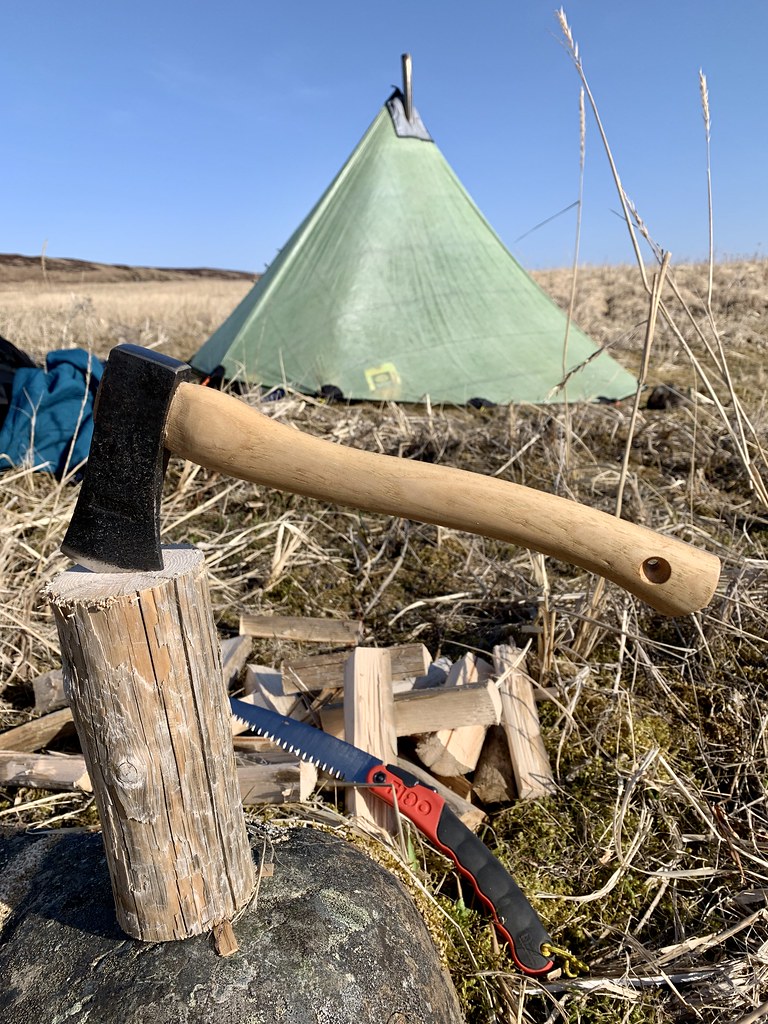

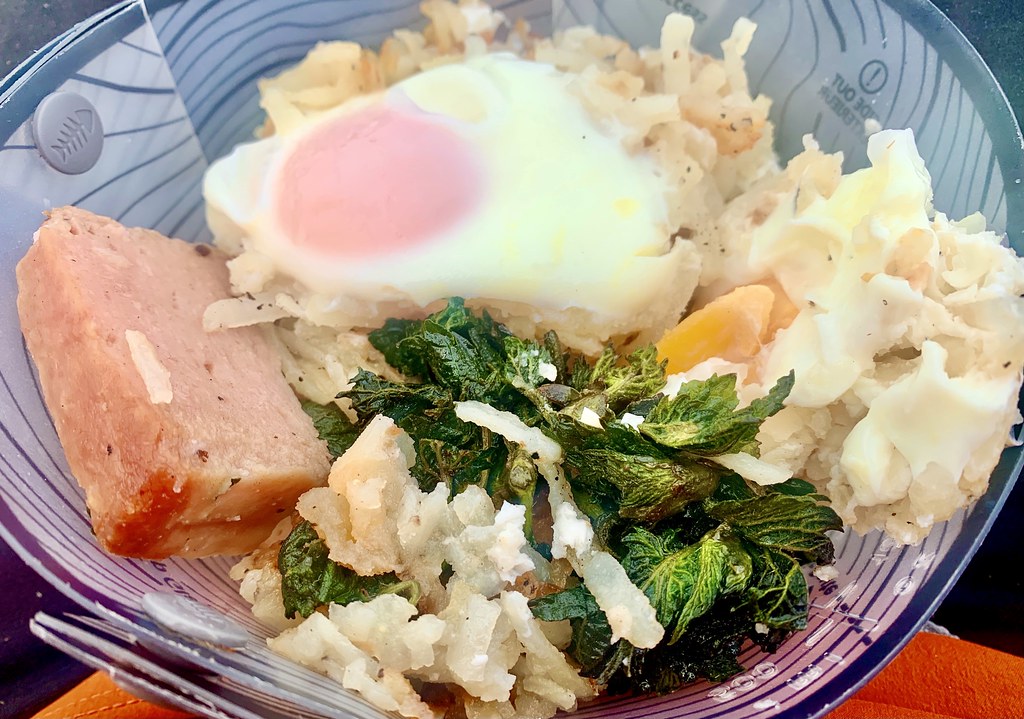
We got dropped off in Deadman Bay just south of Ivor Cove and inflated the kayaks and headed north up the Hepburn Peninsula. The weather was pleasant if cool with a slight head wind. Since we are in and out of the boats so often, not having a deck makes some amount of sense, though having waves slop into my lap when it gets rough is not my favorite. It is difficult to transport rigid-hulled boats by float plane so this is also the only real option for remote work.


We go this time of year because after the grass and other veg starts to grow it totally obscures the subtle depressions in the ground delineating the house pits and obscuring things like fire-cracked rock and midden debris.




Our arrival coincided with a mass molting event by Tanner crab on the east side of Kodiak Island and the crab ‘casts’ (the discarded shells) lined the beaches like a bathtub ring running for miles. Hundreds of thousands of crab casts washed up in a single tide cycle.


We were there during some of the largest tides of the spring and when combined with very strong winds the second night, some of the crab which had come into shallower waters to molt misjudged the low tide line and had not completed the molting process before the tide receded, leaving them exposed in varying states of undress. Happily most crab got the timing and tide cycle right, but it was a fatal miscalculation for some.





Home is a Seek Outside Redcliff in DCF fabric with a packable titanium woodstove. We do all our cooking on the woodstove and since everything is getting transported by kayak, we don't go very light on the food, lol.







